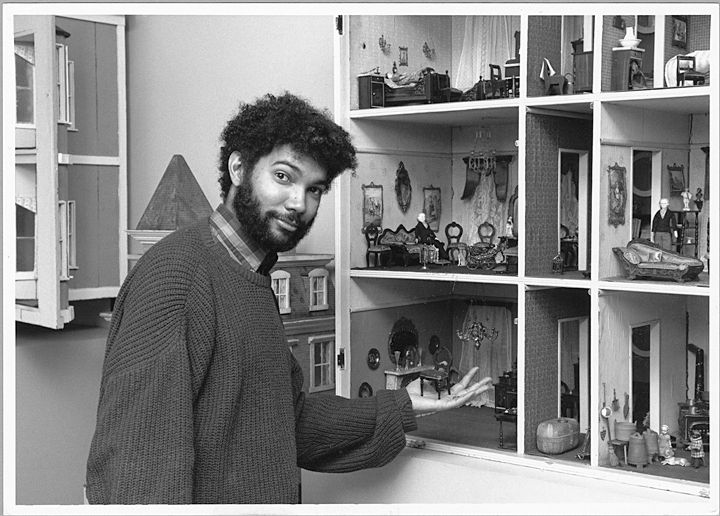
Fashioning the Self in Slavery and Freedom
@fashioningtheself.bsky.social
39 followers
0 following
170 posts
Celebrating black fashion and visual culture
Posts
Media
Videos
Starter Packs


































